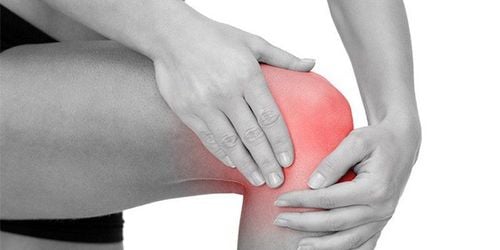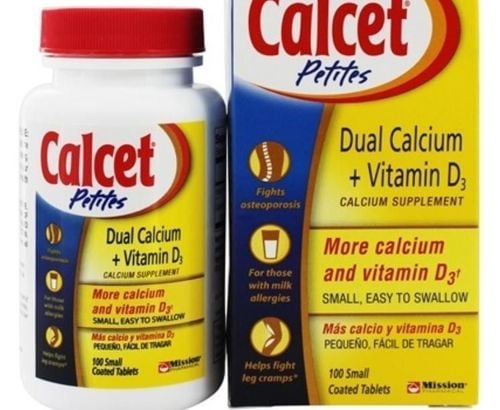This is an automatically translated article.
The article was written by Specialist Doctor I Vo Khac Khoi Nguyen - General Surgery Department - Vinmec Central Park International General Hospital1. Pathophysiology of falls in the elderly
Fall can be defined as an event that results in an accidental fall to the ground or floor. At least 400 factors are associated with falls, the most important of which is a history of prior falls. However, other significant risk factors are hypertension, diabetes, pain, and multiple chronic comorbidities.
The first stage of a fall is a slip. This phenomenon occurs more often in people with weak legs. At this point, the fall can be corrected through the action of the muscles of the lower extremities, but if these muscles are weak, the fall will continue to make it impossible to regain balance. Moreover, the possibility of falling will also be higher due to the weakness of the upper extremities leading to the inability to hold objects to regain balance.
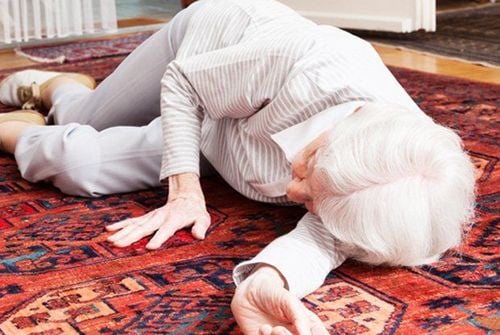
Muscle strength is an important factor likely to contribute to postural control. The phenomenon of muscle weakness leading to postural instability and causing falls. In almost all muscle strength studies, muscle weakness is an important risk factor for falls in the elderly. Research into the value of strength training reduces falls, especially when it comes to endurance training. Muscle strength is linked to falls through the body's balance control mechanisms. Therefore, therapeutic activities that increase muscle strength are an important fall prevention measure for the elderly.
2. Fall consequences
Falls are the leading cause of fatal and non-fatal injuries in the elderly. Even people who fall and are not injured often experience negative health consequences. Older adults who have fallen are more likely to fall again within a year and are at increased risk for acrophobia, which leads to depression and limited mobility.
>>> Customers can refer to: "Post-fall syndrome in the elderly"
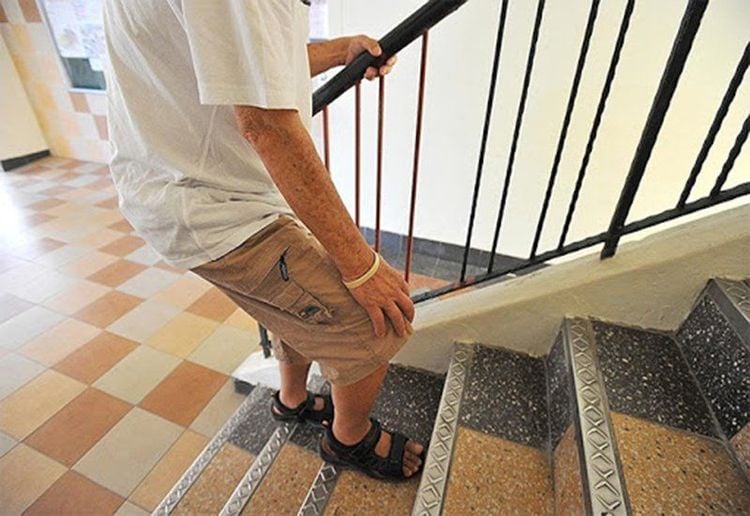
Approximately 2.8 million older adults use emergency services each year due to unintentional falls, and more than 8 million older patients are hospitalized with fall injuries. As health care costs rise and the consequences associated with falls are so dire, fall prevention has become a matter of concern.
After a fall, the elderly are more susceptible to fractures with osteoporosis and/or poor bone quality. Evidence suggests that an estimated 90% of hip fractures are caused by falls. Overall, hip fractures are the most common type of fracture in the elderly. Hip fractures in the elderly also increase mortality and disability. This heavy medical and socioeconomic burden is even greater than that of diabetes, the leading chronic non-communicable disease of modern life.
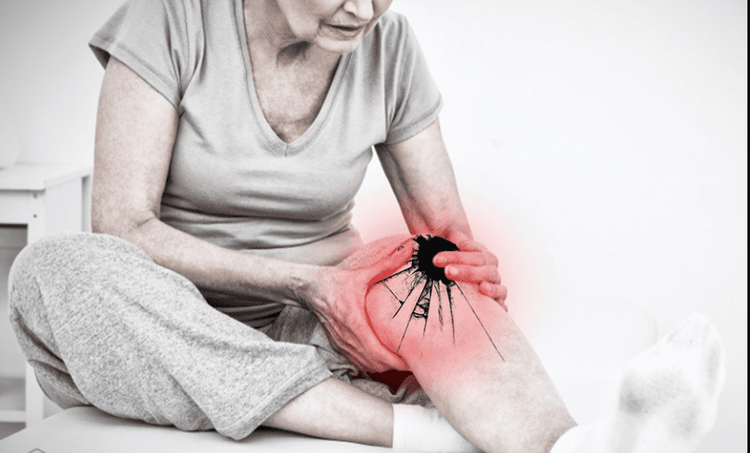
In summary, falls are a sign of acute and chronic health deterioration in the elderly. Falls impair function by causing injury, limited activity, fear of falling, and loss of mobility. Most injuries in the elderly are the result of falls. Fractures in the elderly are often the combined result of falls and osteoporosis.
Vinmec International General Hospital is one of the hospitals that not only ensures professional quality with a team of leading medical doctors, a system of modern equipment and technology. The hospital provides comprehensive and professional medical examination, consultation and treatment services, with a civilized, polite, safe and sterile medical examination and treatment space.
Please dial HOTLINE for more information or register for an appointment HERE. Download MyVinmec app to make appointments faster and to manage your bookings easily.







